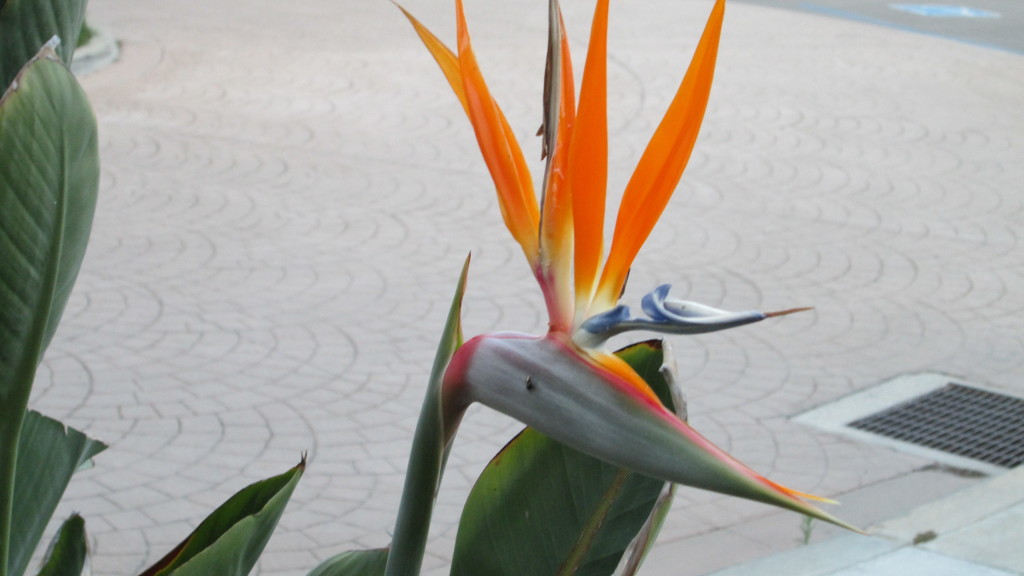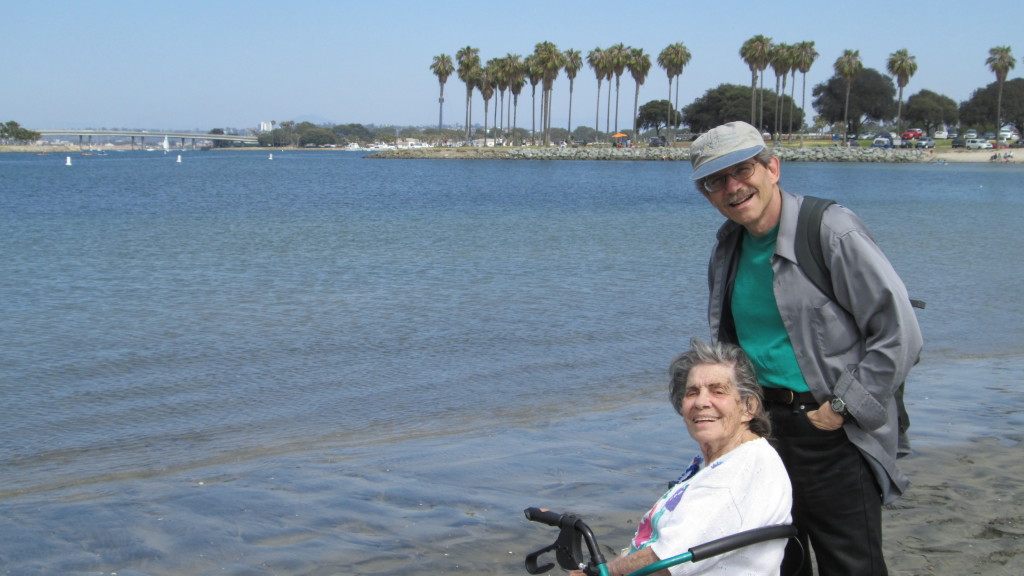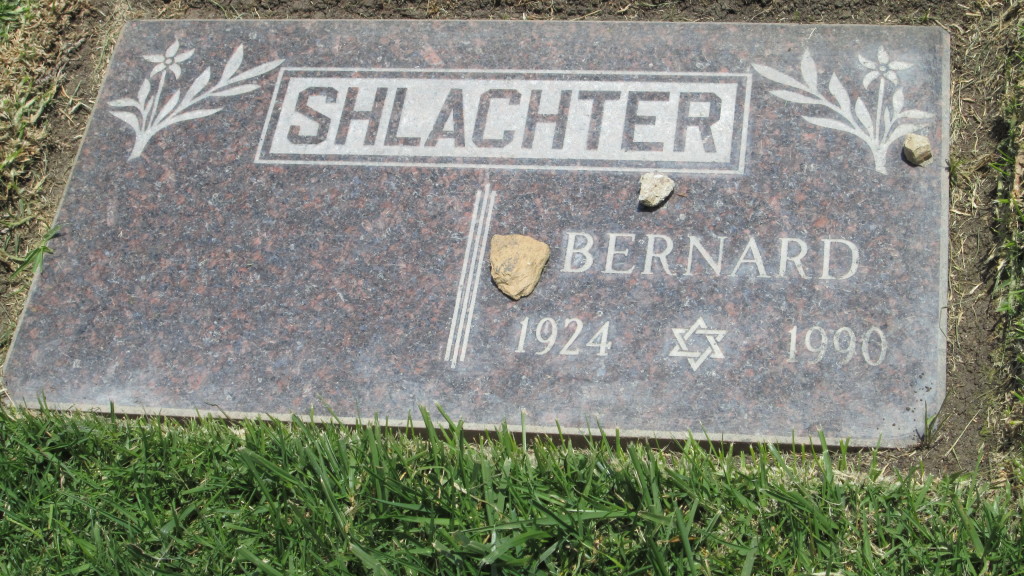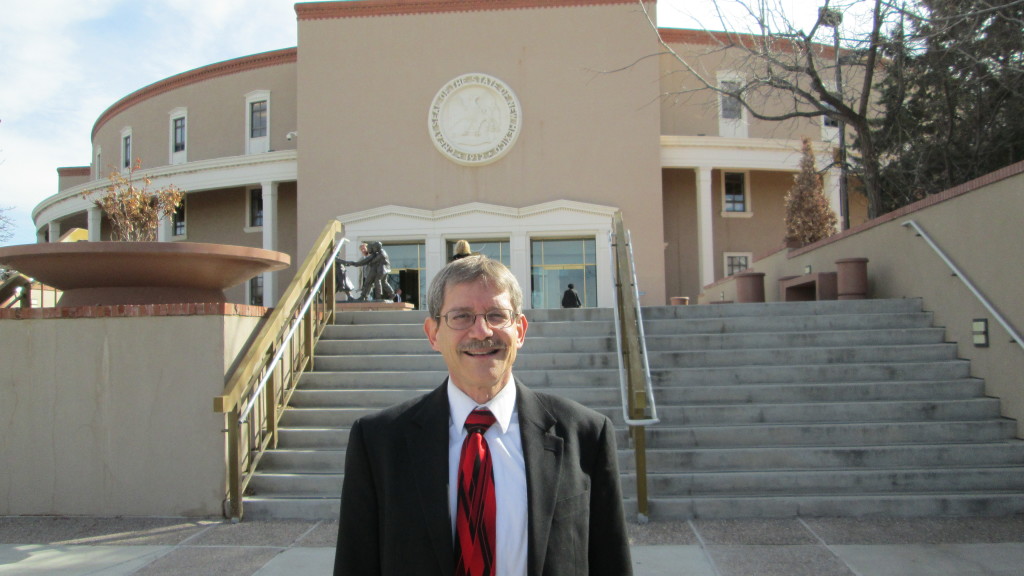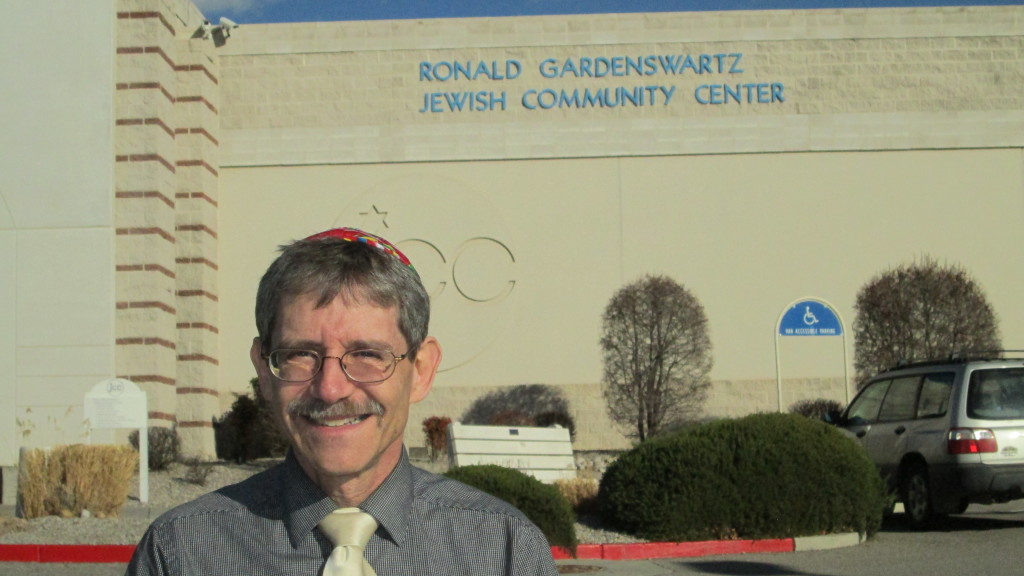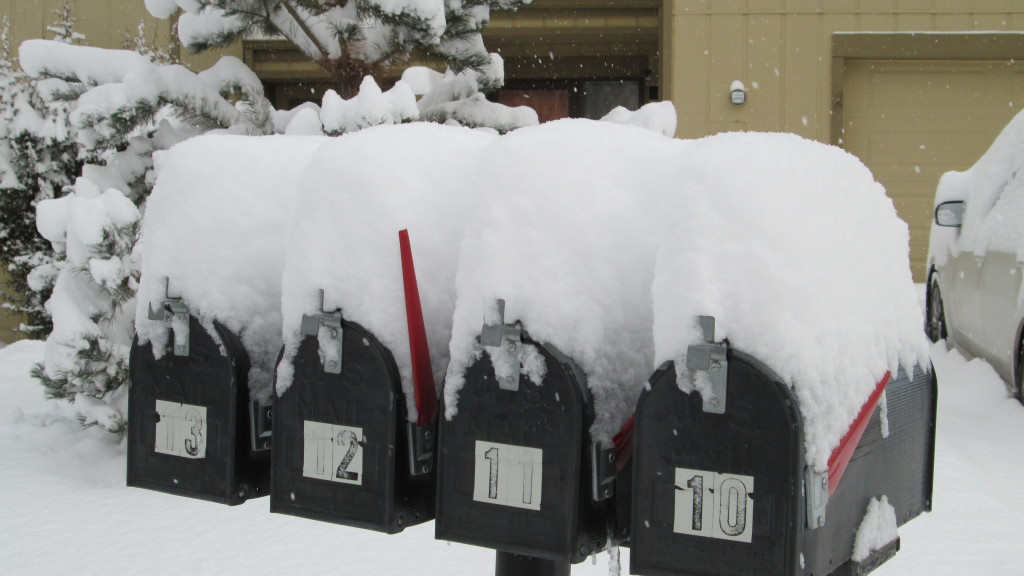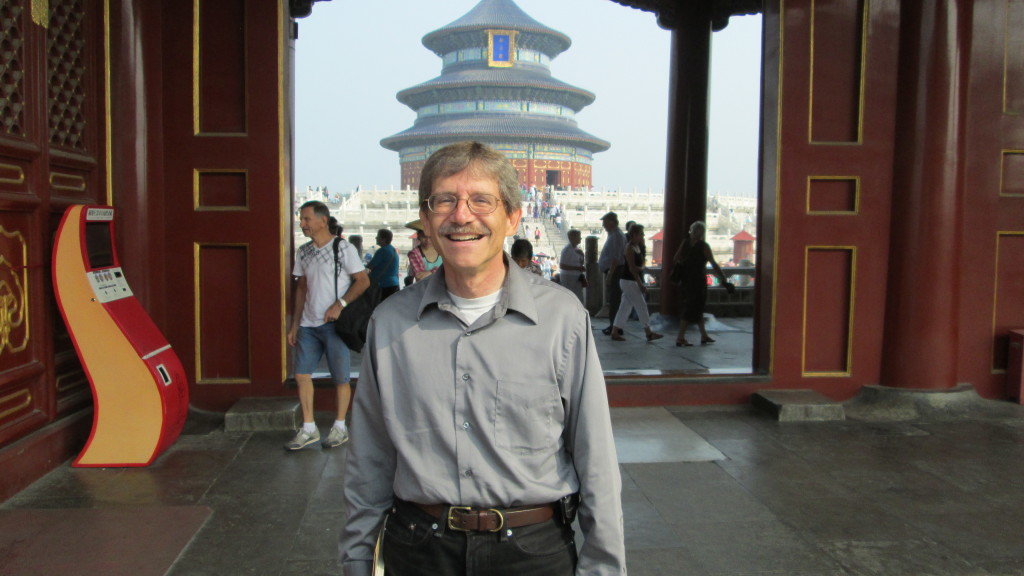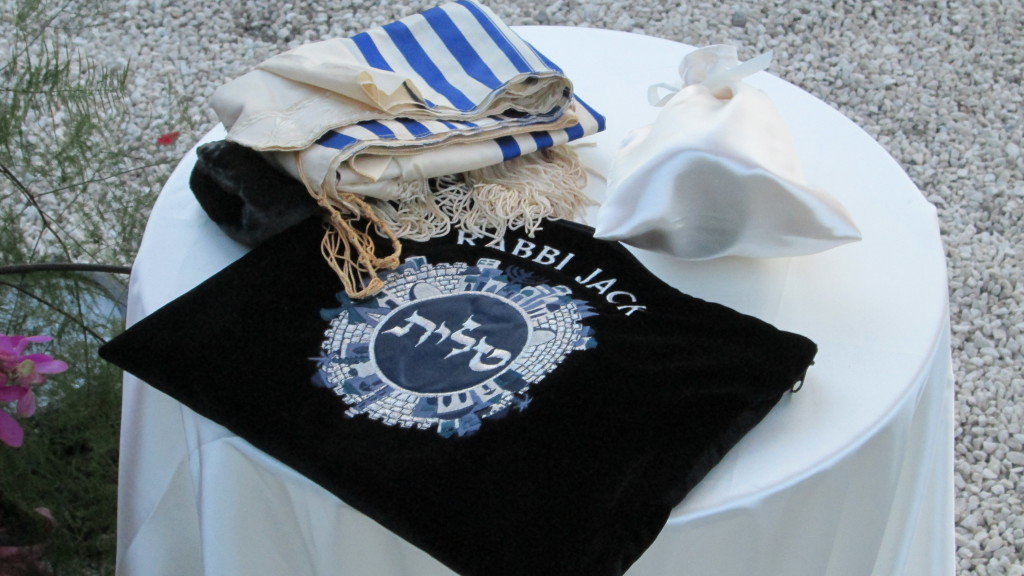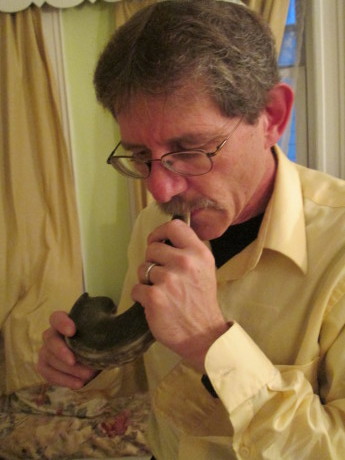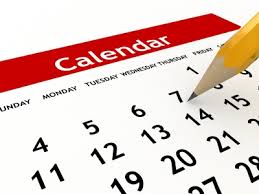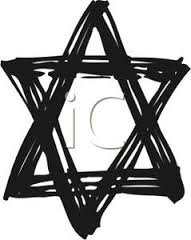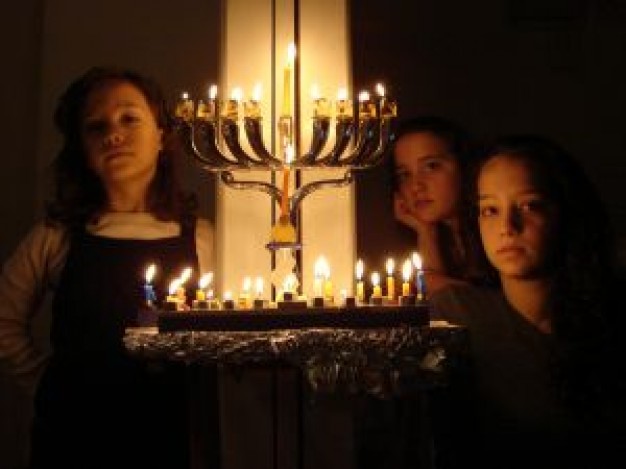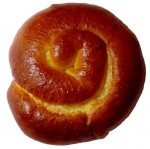For this quarterly message I have chosen to draw from a traditional text of this season, Pirke Avot.
Ben Zoma taught: Who is strong? Those who overpower their inclinations. My inclination these past months was to curl up with a book, but instead I managed to lead a variety of services both locally and globally. Closest to home, I had opportunities to conduct Shabbat evening and morning services at both the Los Alamos Jewish Center and HaMakom in Santa Fe, and I facilitated a memorable visit to the LAJC by the Regional Director of the Anti-Defamation League, Suki Halevi. Sadly this event was prompted by an anti-Semitic bullying incident in the Los Alamos Public Schools, but it was great to hear about the excellent work of the ADL who are professionally equipped to address such behaviors. Another sad event was leading a service at Guaje Pines cemetery for a woman from the Los Alamos Jewish community whom I had the privilege to know and admire for over three decades, both in the synagogue context and at Los Alamos National Laboratory. May the family of Linda Ettinger be comforted among the mourners in Zion and Jerusalem.
Further afield, I participated in a state-wide Clergy Focus group as a follow-up on the recent New Mexico Jewish survey. Beverly and I traveled to southern California to fete my Mom on her 90th birthday, and I was honored with the Maftir, Haftarah and D’var Torah at Ner Tamid in Poway, sharing remarks both about the weekly parasha and our family simcha.
On the other side of the globe, I visited our beloved Kehillat Beijing for ten days, beginning the trip with a Friday night service followed by a glorious Tikkun Leyl Shavuot under the stars near the Great Wall of China. We had forty adventurous souls in attendance, most of whom stayed up at least until midnight when the heavens opened to accept our wishes. At the end of my stay, I conducted a wedding ceremony for two ex-pat members of the Beijing Jewish community who met at the Moishe House in the Central Business District and wanted to celebrate their union among friends and family in the city of their mutual discovery. Dozens of relatives journeyed from North America for the occasion, and we were all treated to an unforgettable party replete with Chinese ceremony.
Ben Zoma taught: Who is wise? Those who learn from everyone. I continued my Jewish education this quarter, delving into scholarly expositions on medieval Jewry in The Jews of Medieval France by Emily Taitz and Moses Maimonides: Physician, Scientist, and Philosopher – ed. Fred Rosner and Samuel Kottek. I also explored contemporary Jewish issues in The Life Worth Living by Byron Sherwin and in Sliding to the Right: The Contest for the Future of American Jewish Orthodoxy by Samuel Heilman, an author whose work was introduced to me by my father, z”l.
Fiction in translation remains a favorite, and I enjoyed Night Games and Other Stories and Novellas by Arthur Schnitzler (translated from the German), Regrowth by Der Nister (translated from the Yiddish), and The Death of Lysanda by Yitzhak Orpaz (translated from the Hebrew). For the long flight to China, I finally read Ulysses by James Joyce, inspired by daughter Orli’s upcoming year abroad at University College Dublin. While not a “Jewish” book as such, the main character is Jewish, and references to Maimonides and other Jewish scholars abound.
Ben Zoma taught: Who is rich? One who is satisfied with one’s library. I’ve got work to do. Recent arrivals include several biographies in the Jewish Lives series from Yale University Press (Mark Rothko, Leon Blum, Albert Einstein), nine (9!) additional teenage Holocaust diaries among which are We’re Alive and Life Goes On by Eva Roubickova, The Janowska Road by Leon Weliczker Wells, and Ruthka by Rithka Lieblich, and the latest Torah commentary by Aviva Zornberg entitled Bewilderments: Reflections on the Book of Numbers.
Ben Zoma taught: Who is honored? One who honors others. Thank you for honoring me by reading to the end.
B’shalom,
Rabbi Jack

